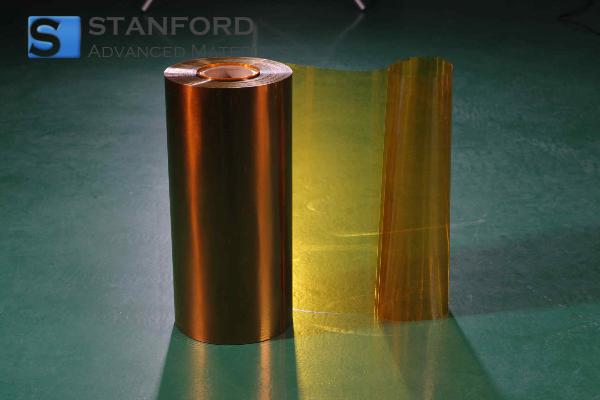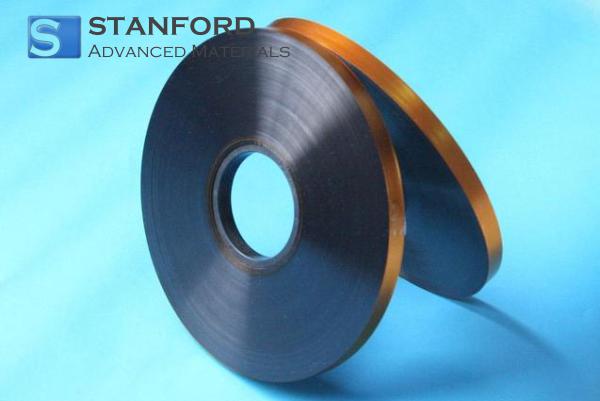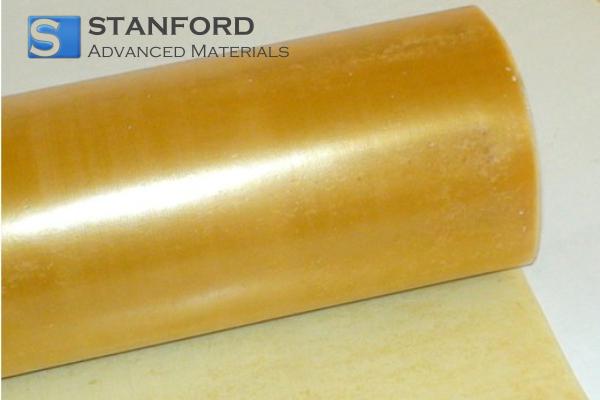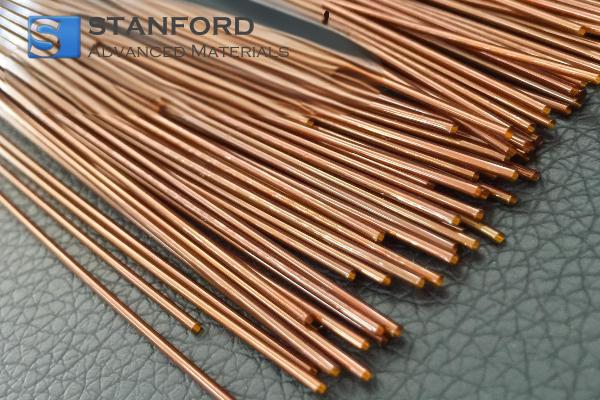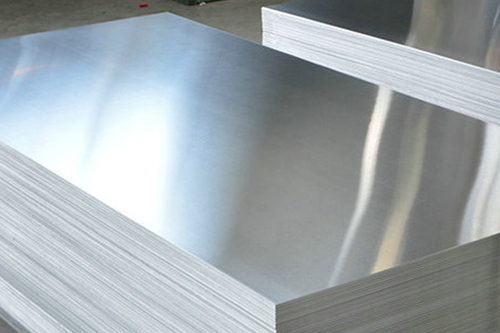ASTM C33: Standards for Concrete Aggregates
Introduction
Concrete is a fundamental material in construction, playing a critical role in building infrastructure such as bridges, roads, and buildings. One of the key components of concrete is aggregates, which significantly influence its strength, durability, and overall performance. ASTM C33 is a widely recognized standard that specifies the requirements for concrete aggregates, ensuring consistency and quality in construction projects.
Importance of ASTM C33
ASTM C33 provides guidelines for the properties and grading of aggregates used in concrete. Adhering to these standards ensures that the aggregates contribute effectively to the concrete mix, enhancing its structural integrity. Properly graded aggregates help in achieving the desired workability, strength, and durability of concrete, making ASTM C33 essential for both small-scale and large-scale construction projects.
Composition of Concrete Aggregates
Concrete aggregates are typically composed of a mixture of natural and manufactured materials. The primary types of aggregates include:
Coarse Aggregates
Coarse aggregates consist of gravel, crushed stone, or recycled concrete with particle sizes ranging from 4.75 mm to 75 mm. They provide the bulk and strength to concrete.
Fine Aggregates
Fine aggregates, such as sand, have particle sizes smaller than 4.75 mm. They fill the voids between coarse aggregates, contributing to the concrete's workability and finish.
Mineral Composition
The mineral composition of aggregates, including steel and iron content, can influence the concrete's properties. High-quality aggregates with minimal impurities ensure better bonding with cement and reinforcement materials.
Testing and Compliance
ASTM C33 outlines various tests to assess the quality and suitability of aggregates for concrete production. These tests include:
- Sieve Analysis: Determines the particle size distribution.
- Specific Gravity and Absorption: Measures the density and water absorption capacity.
- Organic Impurities: Checks for the presence of materials that could affect the concrete's performance.
- Soundness: Assesses the resistance of aggregates to weathering.
Compliance with ASTM C33 ensures that aggregates meet the necessary criteria for producing high-quality concrete.
Impact on Steel and Iron Reinforcement
The quality of aggregates, as defined by ASTM C33, directly affects the performance of steel and iron reinforcement in concrete structures. Properly graded aggregates enhance the bonding between concrete and reinforcement materials, reducing the risk of corrosion and structural failure. Additionally, high-quality aggregates contribute to the overall longevity and durability of reinforced concrete, making adherence to ASTM C33 standards crucial for projects involving steel and iron components.
Aggregate Grades and Their Applications
Aggregate Grade | Particle Size Range (mm) | Common Uses |
1 | 4.75 - 19.0 | General concrete, pavements |
2 | 4.75 - 37.5 | High-strength concrete, highways |
3 | 19.0 - 37.5 | Heavy-duty pavements, industrial |
4 | 37.5 - 75.0 | Structural concrete, large infrastructure projects |
Understanding the different aggregate grades helps in selecting the appropriate materials for specific construction needs, ensuring optimal performance and compliance with ASTM C33 standards.
Frequently Asked Questions
What is ASTM Standard?
ASTM standards are guidelines developed by the American Society for Testing and Materials to ensure materials, products, and services meet safety, quality, and performance criteria. They are widely used across industries for consistency and reliability.
What is ASTM C33 used for?
ASTM C33 is used to specify the quality and grading requirements for concrete aggregates, ensuring they are suitable for producing high-strength and durable concrete.
Why are steel and iron important in concrete?
Steel and iron are used as reinforcement in concrete to enhance its tensile strength, preventing cracks and structural failures.
How does aggregate grading affect concrete strength?
Proper aggregate grading ensures a dense and well-compacted concrete mix, which increases its strength and durability.
Can recycled concrete be used as an aggregate?
Yes, recycled concrete can be used as an aggregate, provided it meets the quality standards set by ASTM C33.
What are the consequences of not following ASTM C33 standards?
Ignoring ASTM C33 standards can lead to poor concrete quality, reduced structural integrity, and increased maintenance costs.

